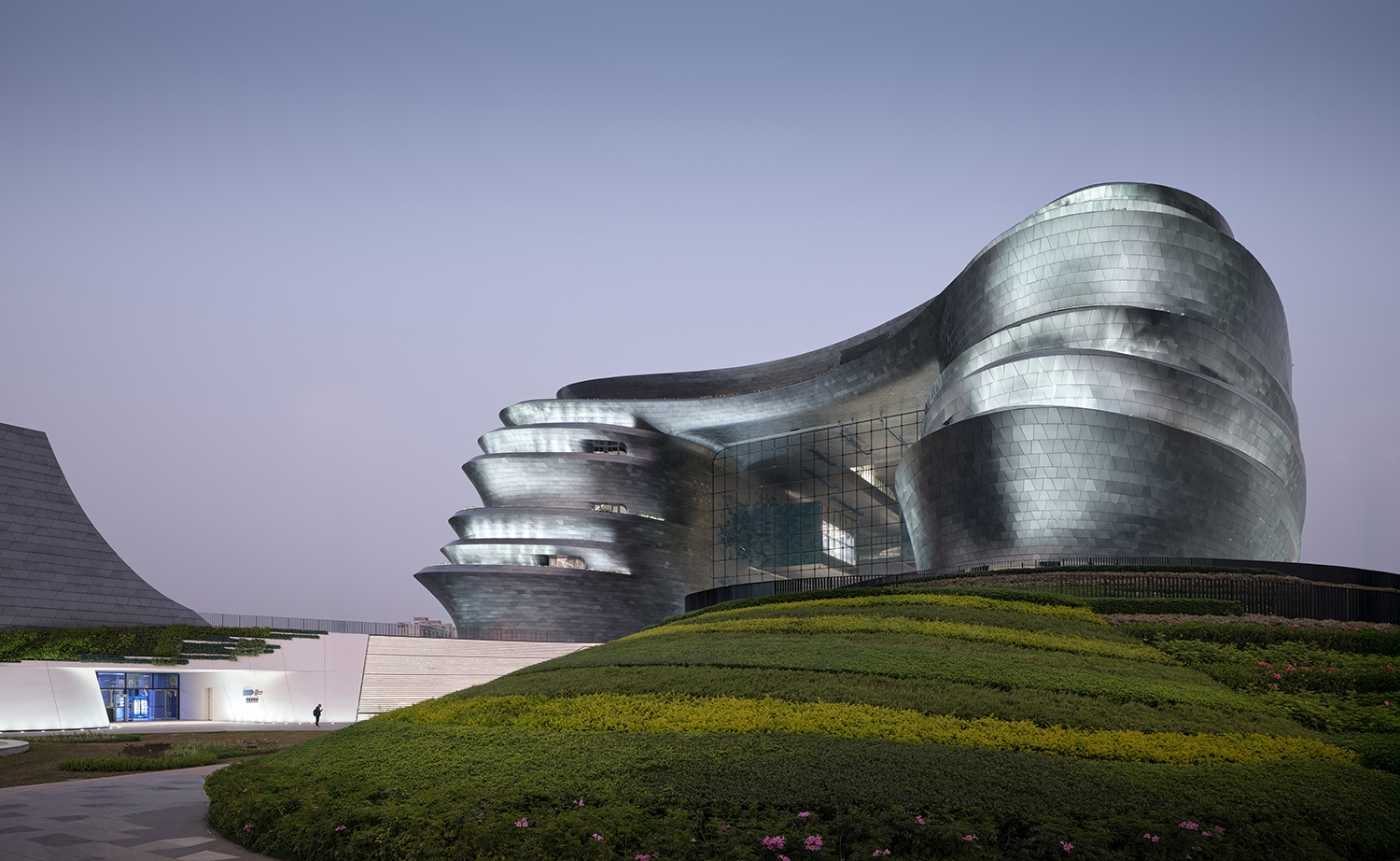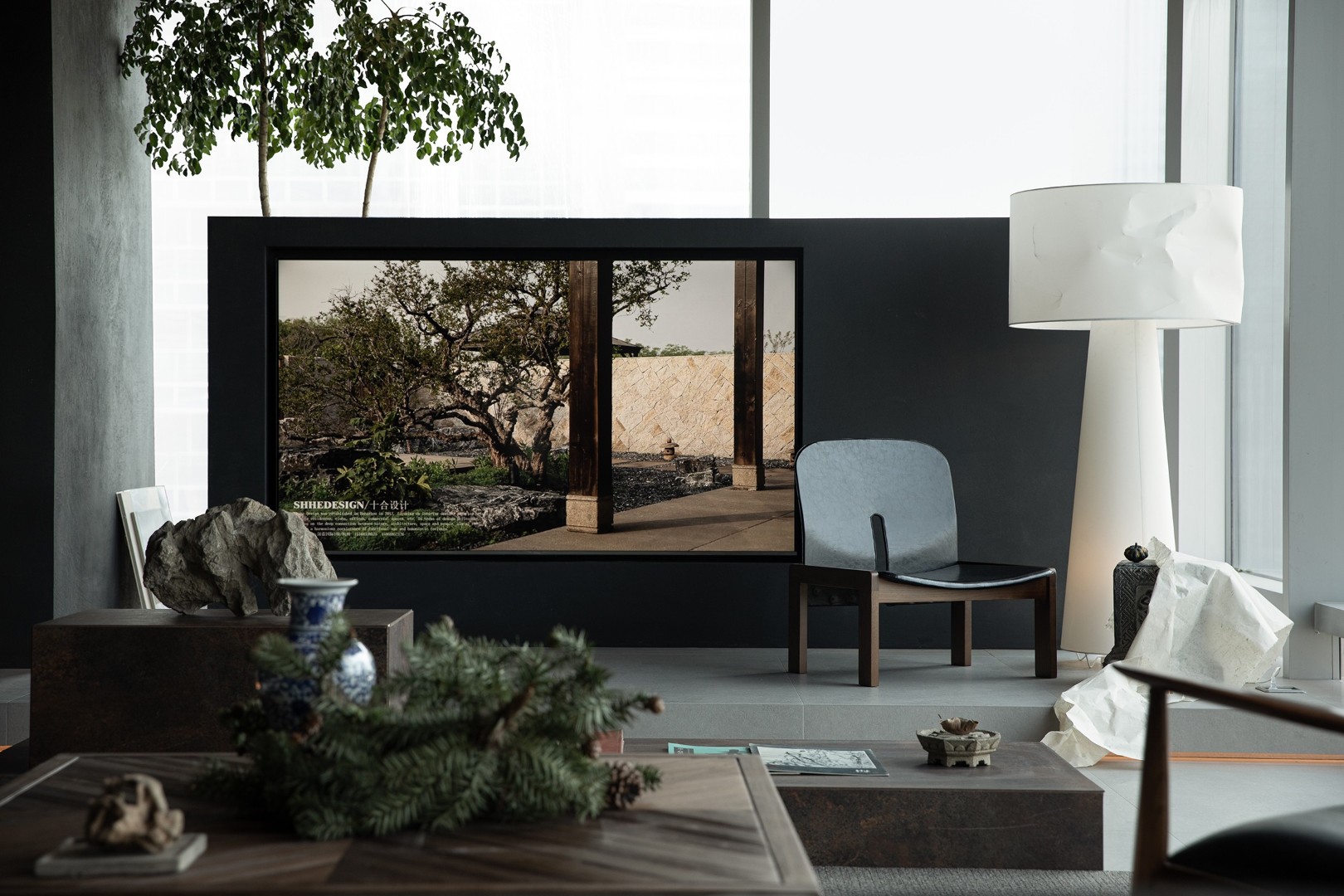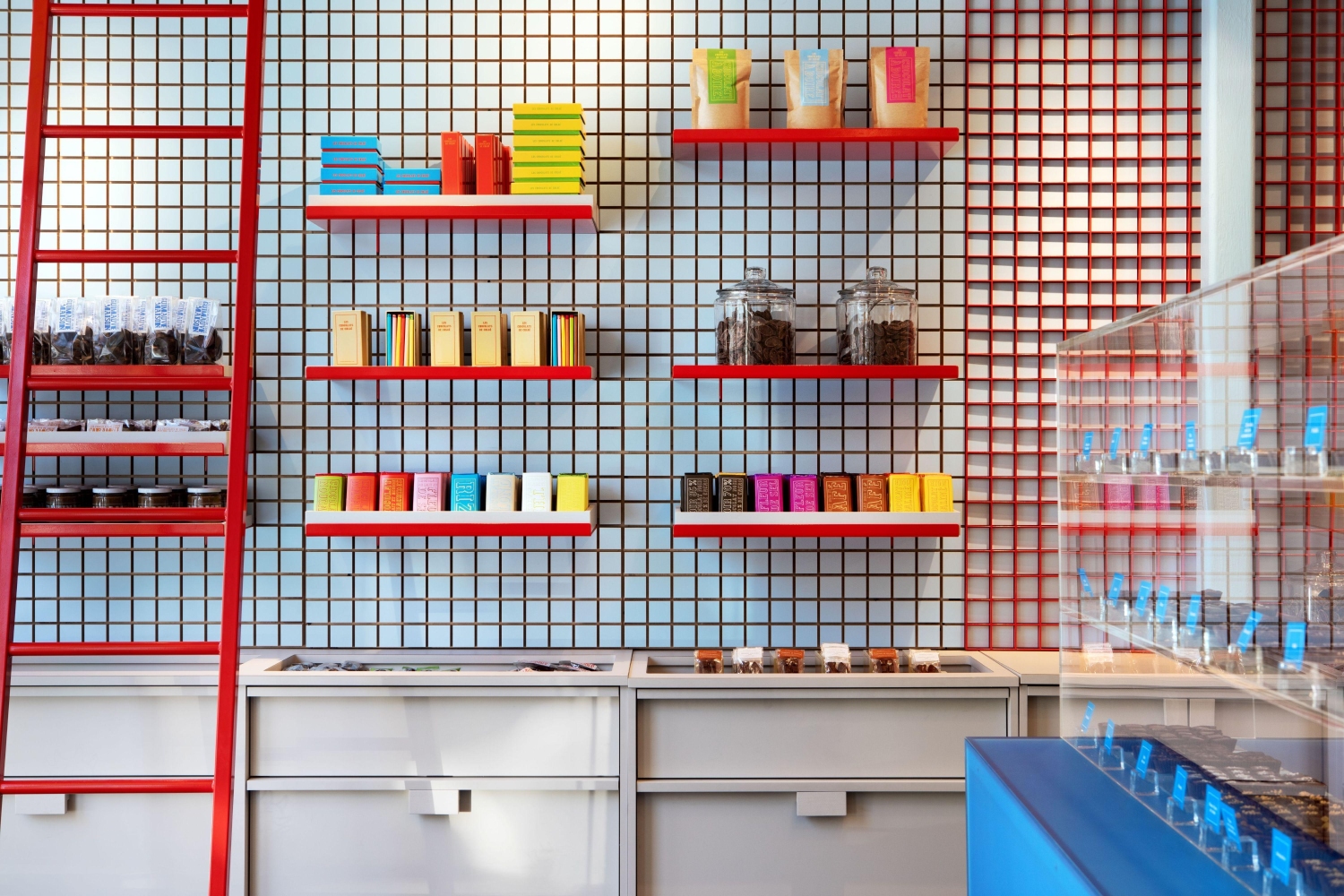Fire is a new office interior by Hangzhou ShiHe Design, completed in May 2025 at the Deep Blue International Center in Hangzhou, China, where chief designers Chen Kezhi and Wang Huaqiang have set out to rethink what a workplace can be by rejecting the usual obsession with efficiency and workstation counts and instead creating a 200-square-meter space shaped by atmosphere, openness, and spirit.
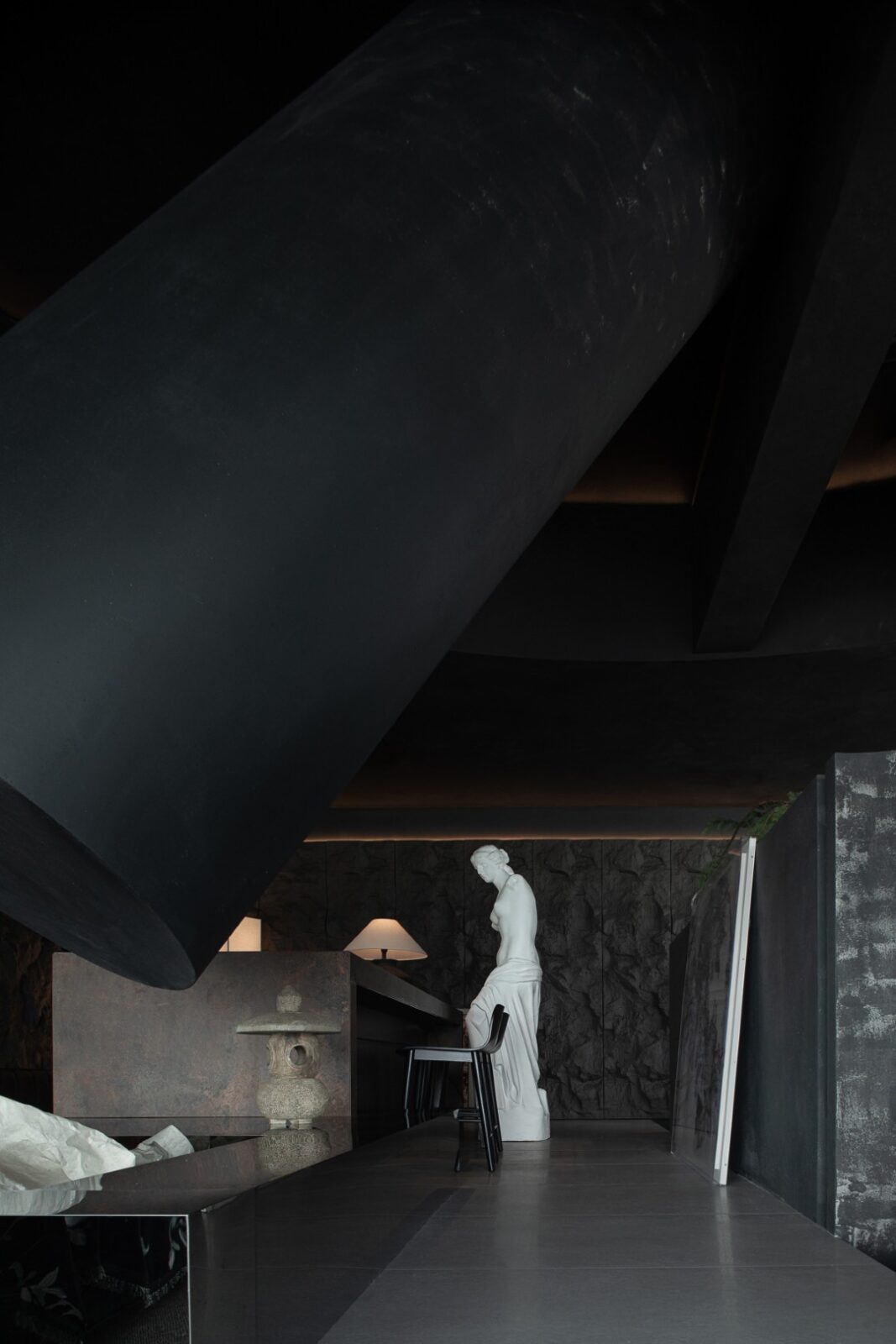
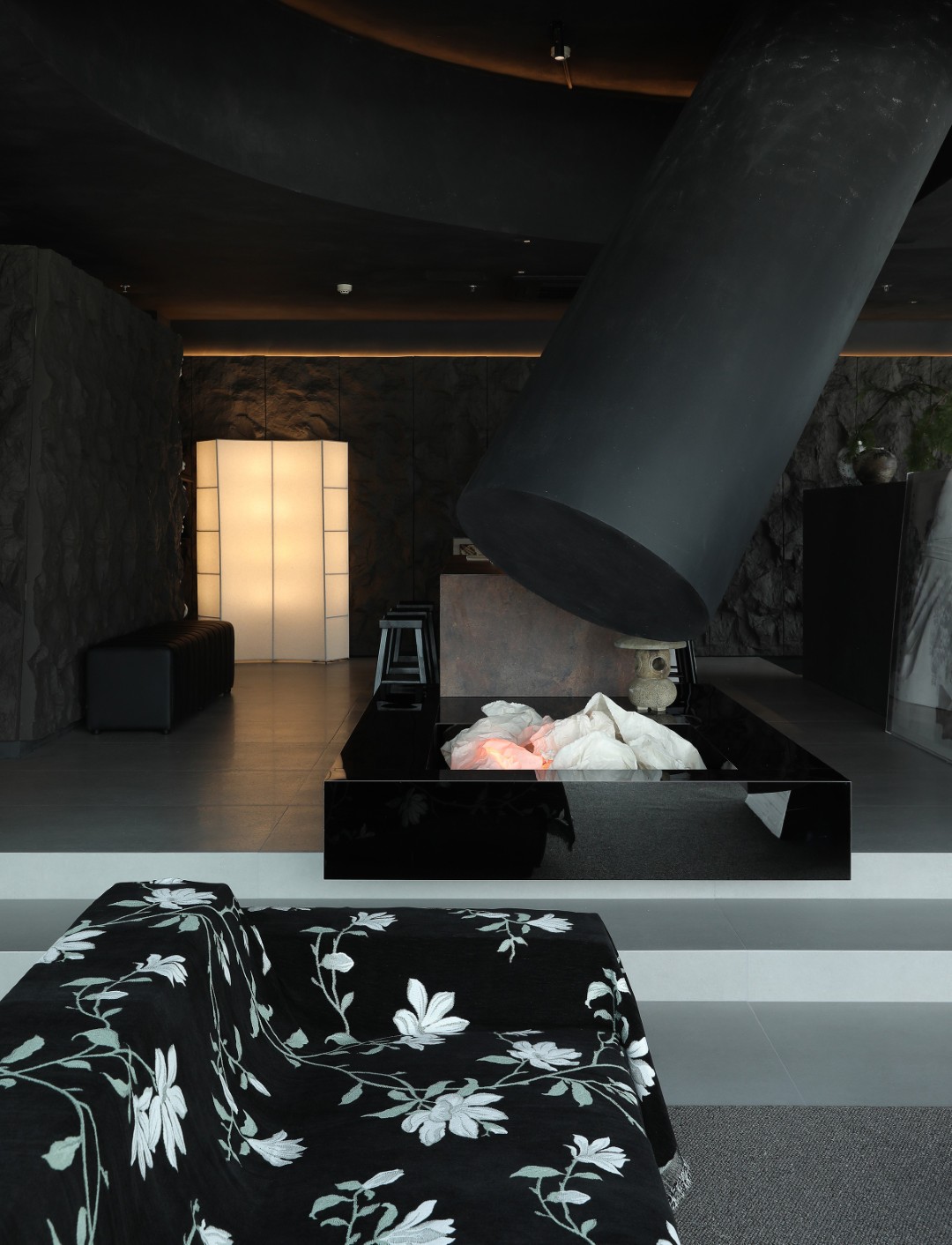
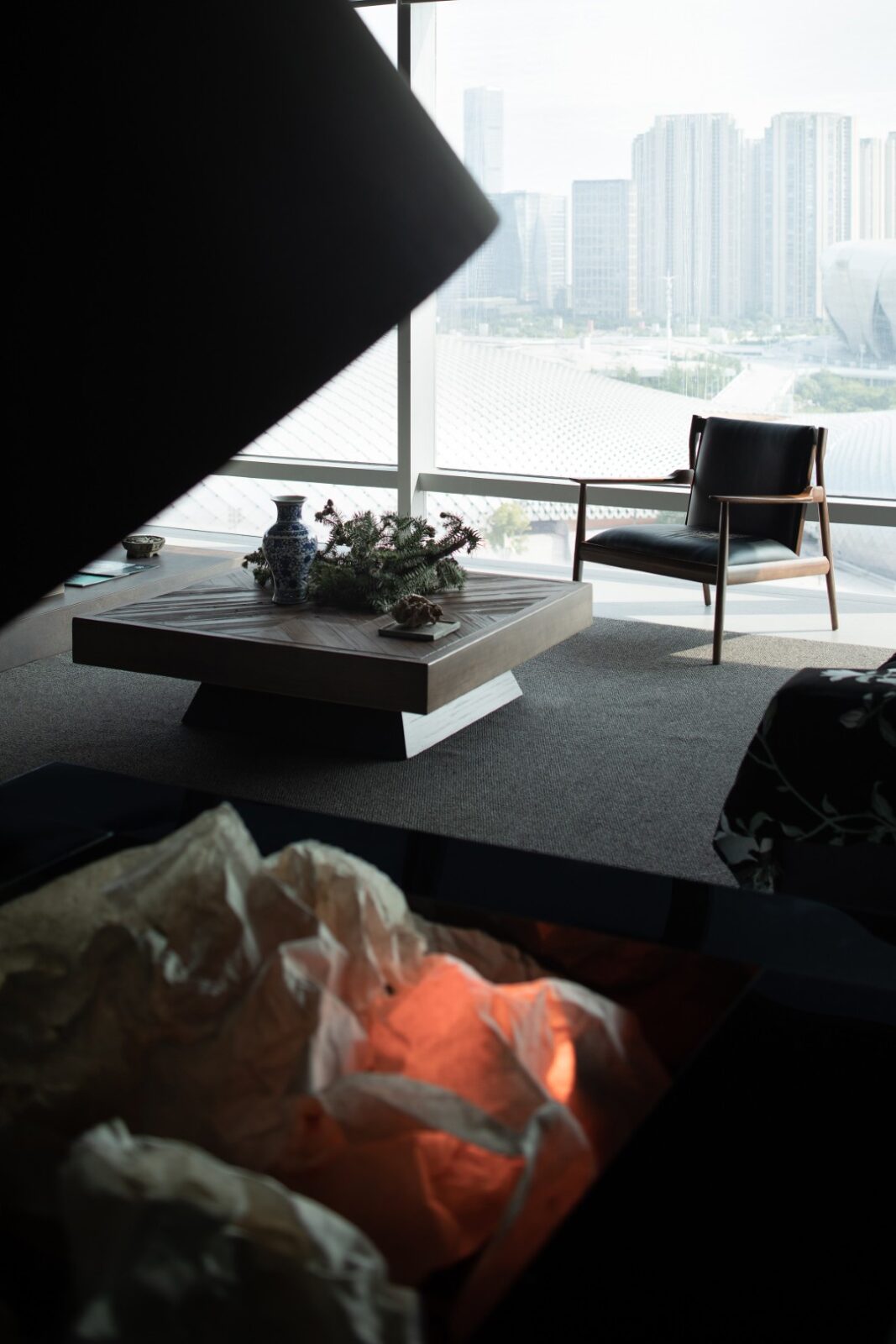
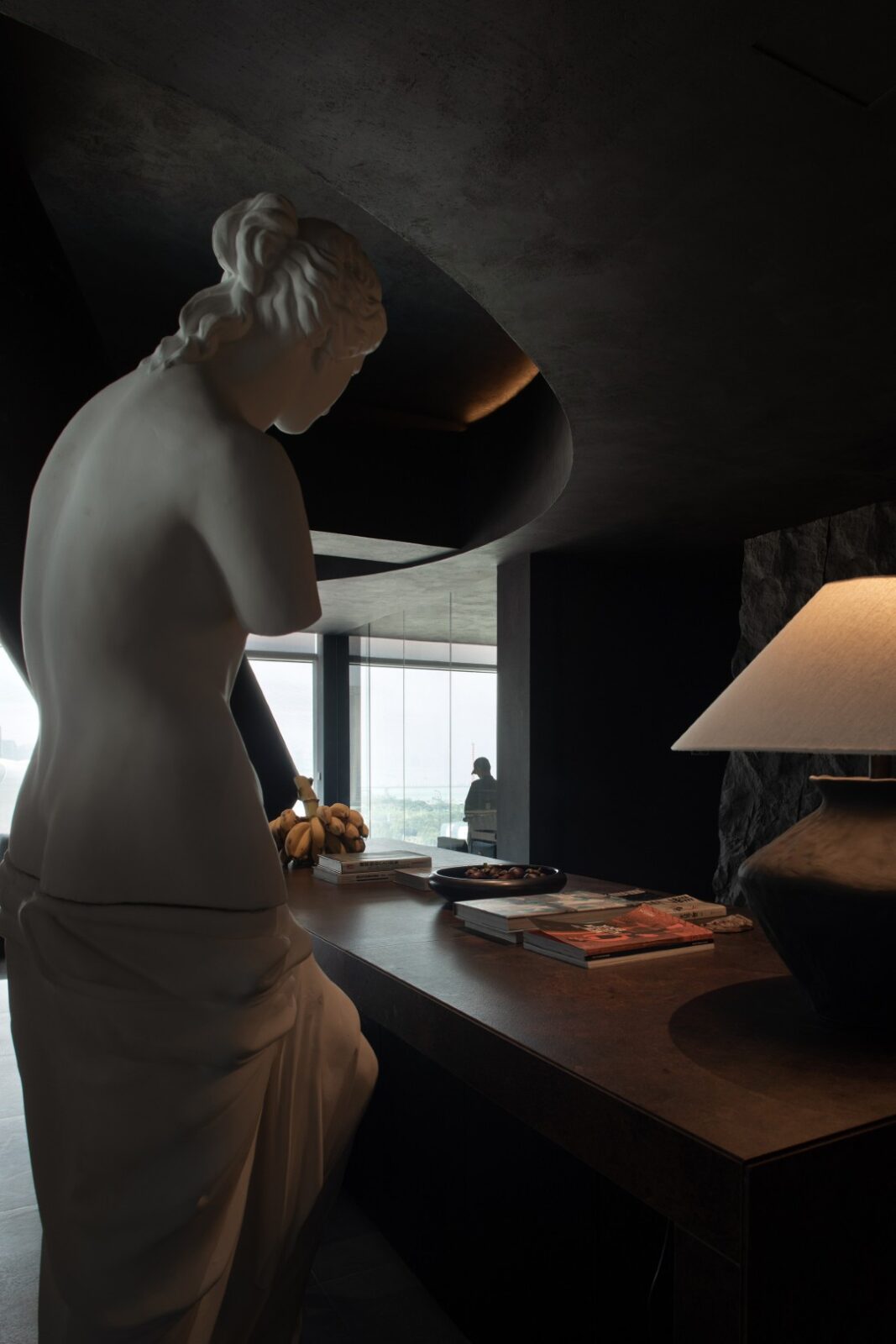
Instead of the traditional model of tight layouts and dense desks, the project reorganizes proportions through negative space and intentional openness, expanding leisure and salon areas into generous shared zones while compressing offices into smaller but unconfined settings, transforming the interior from a tool of productivity into a vessel for ideas, conversations, and quiet reflection.
The atmosphere is anchored in deep black, with ceilings and walls covered in dark tones that recall both the silent pause before a breakthrough and the flowing imagery of water in Chinese culture. In contrast, transparent glass curtain walls invite light from afar to play across the space, producing a natural rhythm of shadow and illumination that softens the overall mood.
Stone-like surfaces are sloped and folded to create a sense of sculptural tension, balancing solidity with movement and evoking the feeling of forces pushing and pulling against each other. At the same time, at the center a cylindrical installation descends from above, its rice-paper base illuminated by sunset-hued floor lamps so that the light seeps through its folds like sparks flickering in the dark, a quiet metaphor for release and renewal.
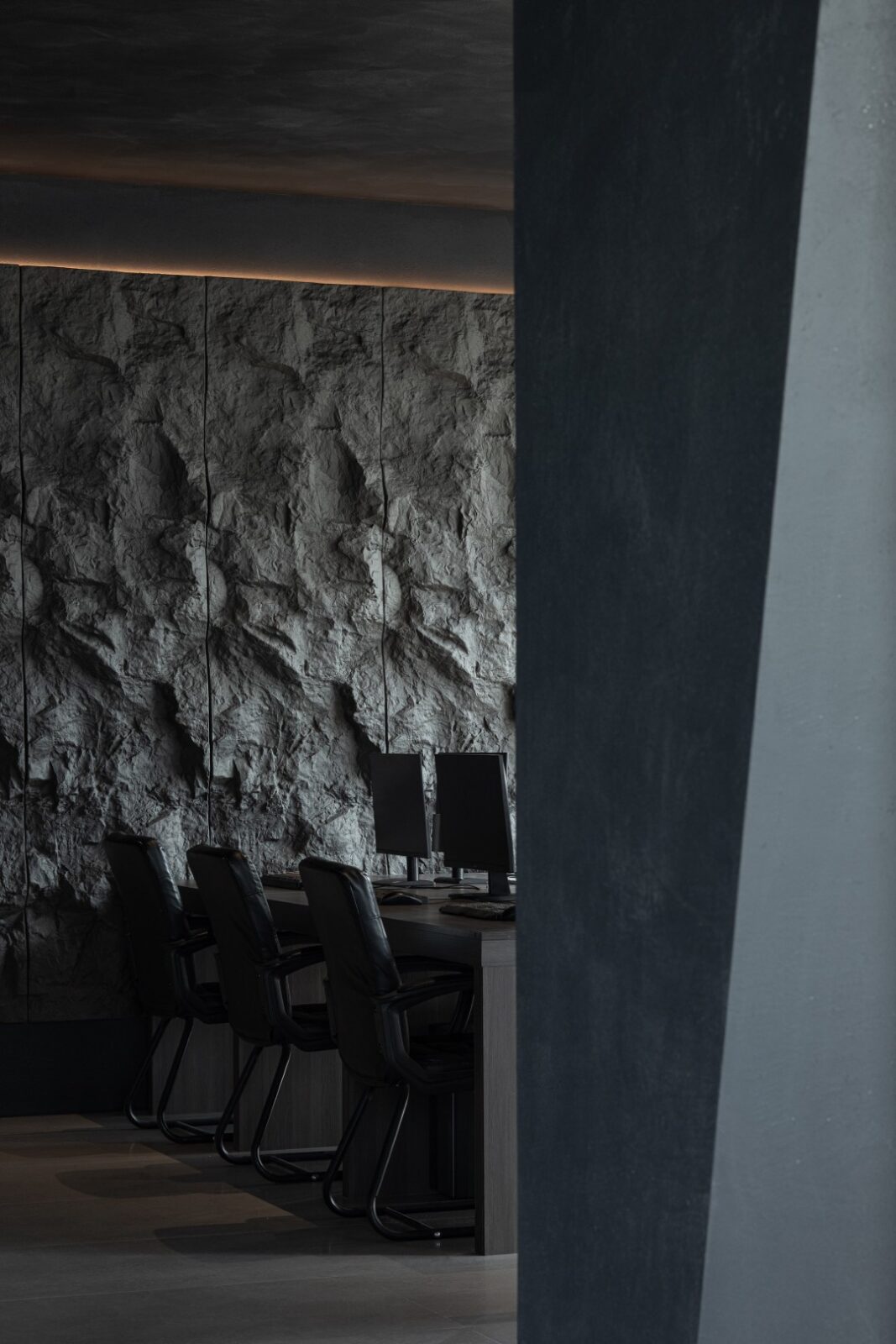
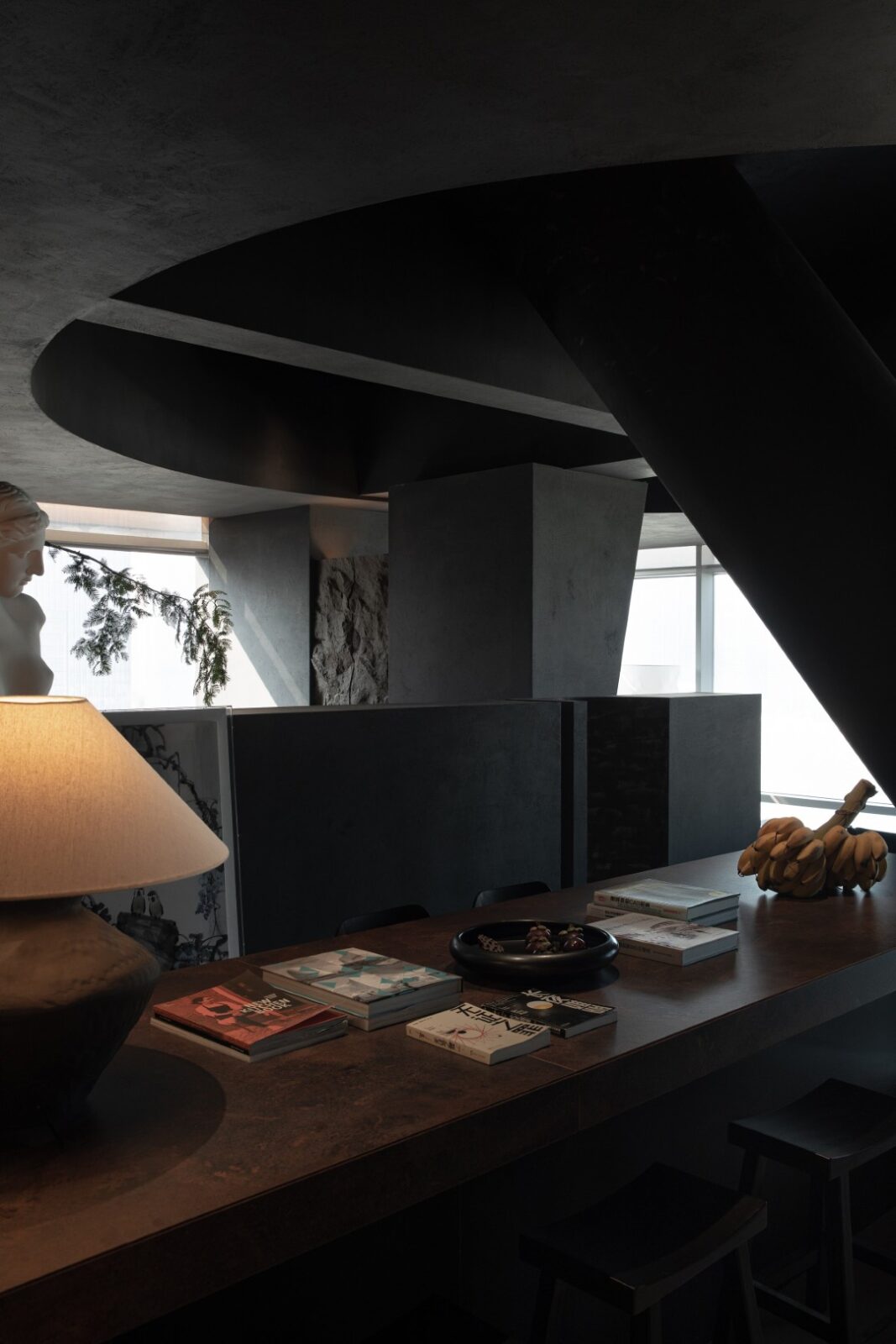
The designers use this dual language of strength and subtlety to create a workplace where function is never rigid but adapts to human rhythms, with public areas expanding into places for rest, screenings, and gatherings while compact offices support focused work without enclosing it, allowing people to move easily between states of concentration and relaxation in a way that makes the office feel more like an extension of life than a machine for labor.
This approach is strengthened by the material palette, where stone, art paint, and traditional rice paper are combined not as decorative gestures but as carriers of meaning, translating abstract ideas into tangible experiences through the interplay of texture and light. At the same time, the photography by Hanmo Vision captures this choreography of surfaces and shadows with clarity and restraint.
At a cultural level, Fire responds to contemporary demands for workplaces that prioritize people over procedures, blending sustainability and tradition by reinterpreting familiar materials in a modern way, and ultimately positioning the office not as a space defined by fixed functions but as a stage for connection, creativity, and the freedom to work as oneself.
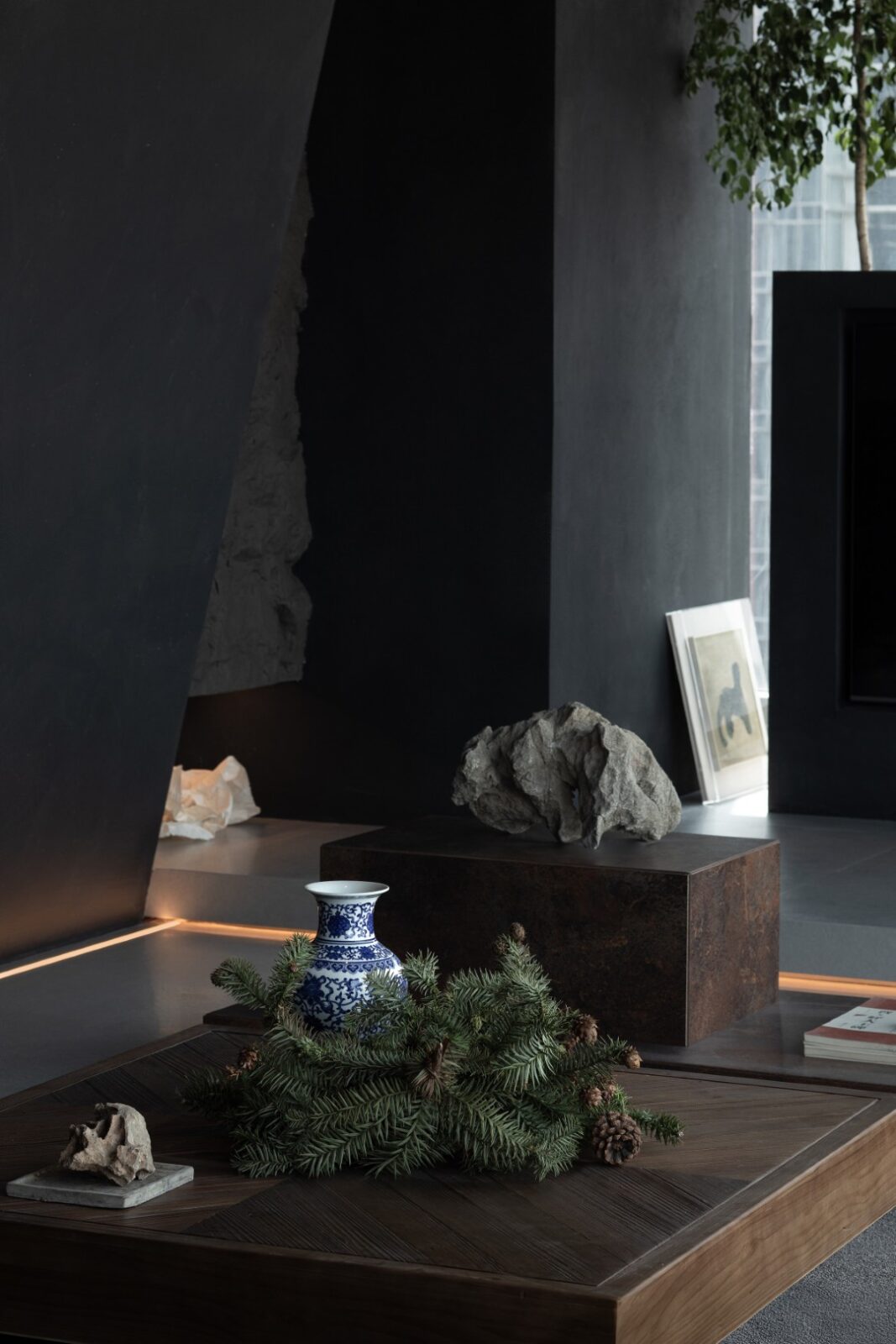
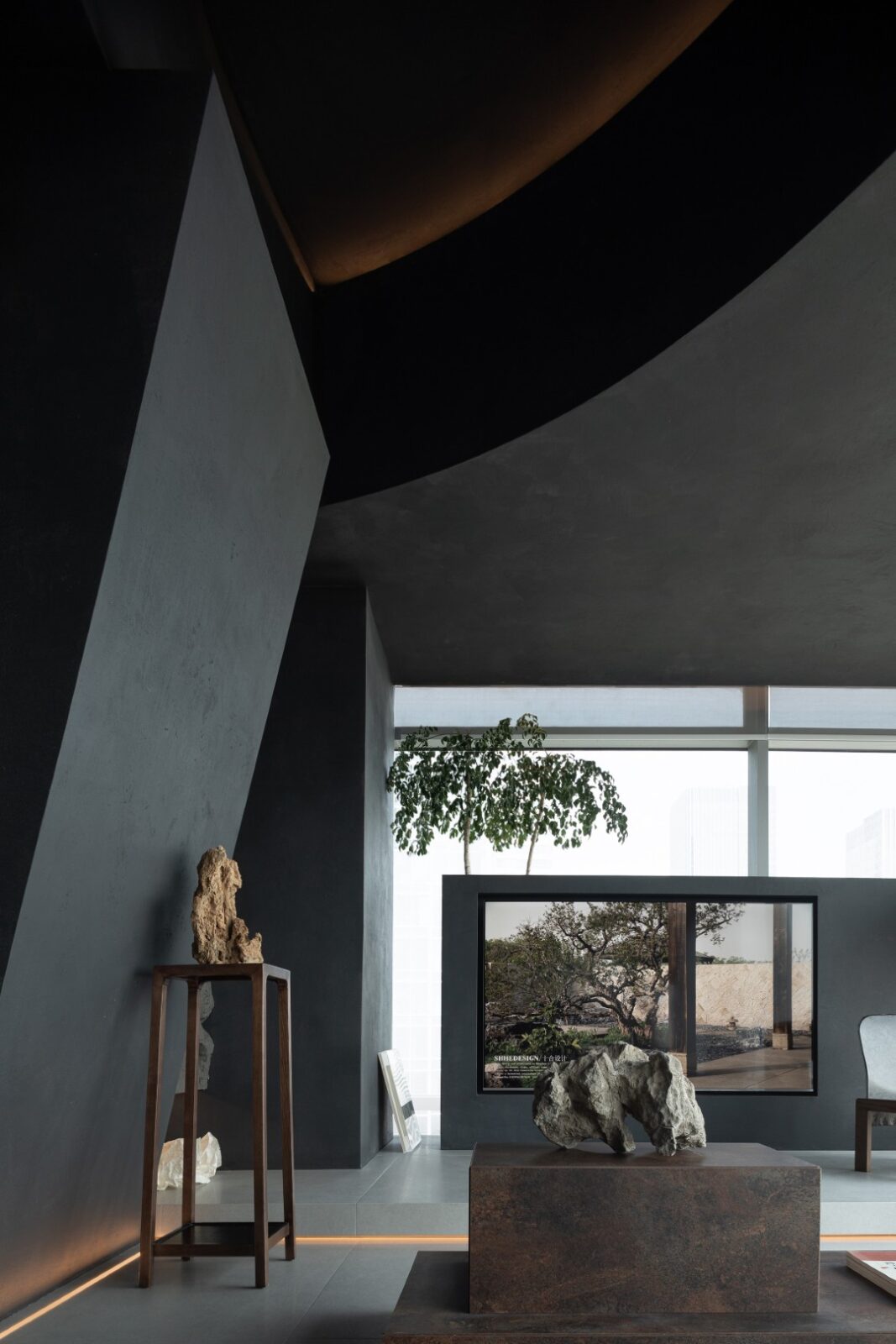
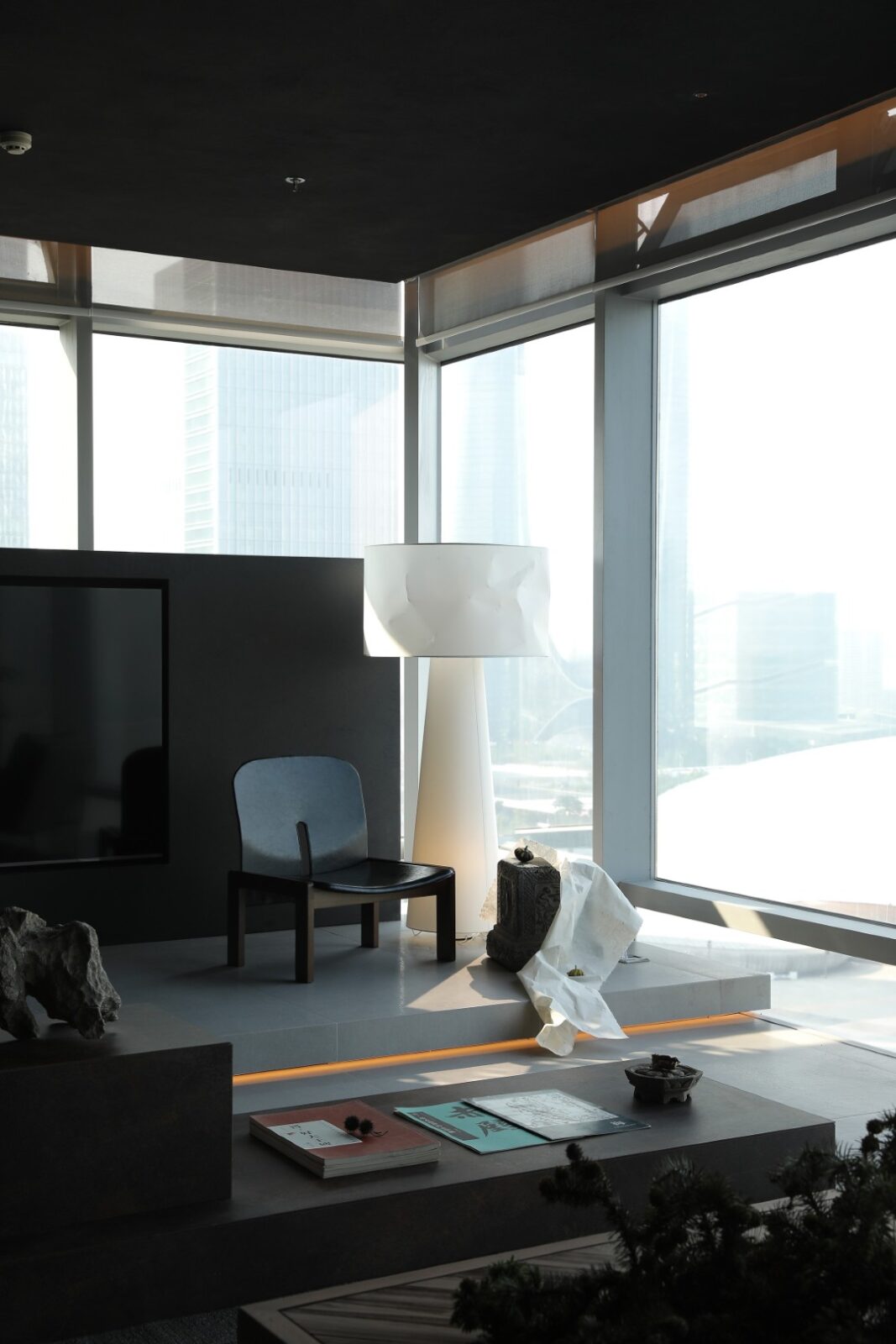
Photography: Hanmo Vision




